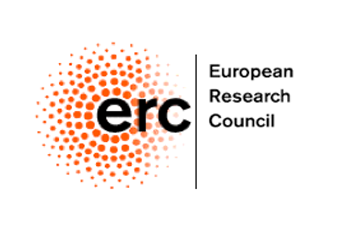
Biologists use the term symbiosis to describe close and long-term interaction between different organisms both mutualistic, commensalistic and parasitic. Diversity of life and ecosystems both strongly rely on those interactions and, especially in rapidly changing environments it is crucially important to understand their complexity and resilience. While symbiotic interactions have been targeted by several synthetic ecology studies (using microalgae and bacteria) in the context of metabolic activities, there are very few studies focusing on how organisms cooperate synergistically to harvest and manipulate light.
With this project, we aim to (1) develop new platforms and tools to study how different organisms build symbiotic interactions for light management (not only in the context of photosynthesis but also photoprotection); and (2) develop and “evolve” new symbiotic relationships, in which one of the organisms is replaced by an artificial material to generate a novel class of hybrid, bionic optical materials: sym-BIonic matTEr. We envision that such materials will be capable of combining functionalities from the living worlds (such as photoadaptation sensing and autonomous response) that are otherwise immensely challenging to achieve using only artificial materials alone. As an example, novel pigments capable of sensing the environment will be developed by encapsulating structurally coloured bacterial colonies into tailored matrices, as well as self-regulating bio-photoreactors comprised of photosynthetic living elements and artificial matter.
